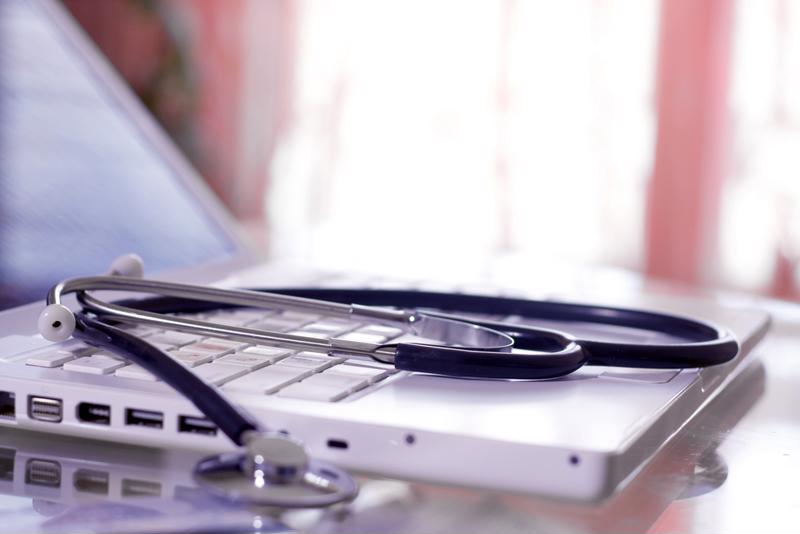
IoT and patient-generated data are unlocking health care value
By Max BurkhalterAugust 31, 2018
The Internet of Things (IoT) driven health care space focuses on wearables, telehealth, and servicing patient with chronic conditions as well as fitness, nutrition, and weight management concerns.
According to a 2016 report from Grand View Research, Inc, the global connected health and wellness devices market was valued at $123.2 billion in 2015 but is expected to reach $612 billion by 2024. An increased reliance on telehealth as well as a rising number of individuals diagnosed with chronic illness is creating demand for disease management and continuous patient monitoring tools. IoT connected health devices with access to electronic patient health records can provide comprehensive health information and assist in creating personalized treatments.
IoT Driven Data Sharing
According to Deloitte, health care providers struggle with the fact that interactions with their most vulnerable patients are often sporadic, providing them with low insight into their patients' daily decisions and activities. Compliance with treatment plans can be compromised and important information missed, leaving the medical provider blind to important health information and frustrated with bad patient outcomes.
If the flow of information and feedback between patients, providers, and caregivers is enabled with IoT connected devices, everyone is able to get on the same page for patient care. Decisions are now made with all pertinent information in hand and patient outcomes improve exponentially. Fortunately, new technology can make that possible, with IoT wearable medical devices that track internal patient data around the clock and make recording external data easy.

Patient-Generated Data
The key is patient-generated data (PGD), which is commonly defined within the industry as "health-related data created, recorded, gathered, or inferred by or from patients or their designees to help address a health concern." Patient reported outcomes, medical-device data, and wearables data can all be part of individualized PGD, and supplemented by more generalized consumer-generated data in a health care setting.
Mass adoption of IoT devices and wearable medical devices, including sensors and mobile communication devices, is an industry growth driver as consumer preferences towards a more health-conscious lifestyle. The advantages of continuous monitoring for many chronic conditions encourages patient compliance and allows daily logging to become more reliable, delivering more accurate PGD for better outcomes.
The Role of IoT in Health Care Value
The latest versions of digital PGD is being increasingly generated by IoT technologies. Two key areas benefit from IoT-connected data collection medical devices, including:
Short-Term Care Planning
A short-term care period can be utilized to generate massive amounts of event related data and create a customized care plan that encourages patient compliance and provides support in the way of feedback, reminders, and continual monitoring.
Long-Term Chronic Disease Management and Home Care
Known health issues such as high blood pressure or diabetes can be monitored narrowly with continuous data streams tracking any potentially concerning deviations from normal parameters and providing alerts both to patient and caregiver or doctor if required.
The use of IoT connected devices to record and share PGD presents substantial opportunities for health outcome improvements, patient engagement, and cost savings. Deploying wearable medical devices allows doctors to partner with caregivers to deliver treatment tailored to individual patients, creating a patient-centered environment that promotes compliance and contentment.
Complex patient monitoring devices can be interfaced to a single network connection and managed across the internet. Perle Serial Console Servers provide administrators with access from anywhere, allowing remote management to reduce cost while maintaining network security and patient privacy.



